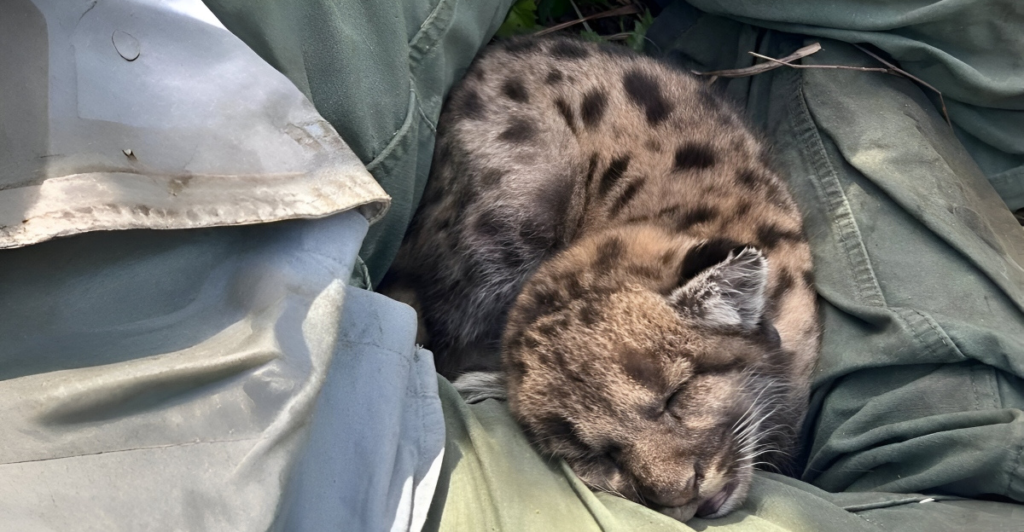
In a heartening turn of events for both wildlife enthusiasts and conservationists, the Florida Fish and Wildlife Conservation Commission (FWC) has recently discovered a litter of critically endangered Florida panther kittens. This finding not only represents a conservation milestone but also serves to showcase the resilience of a species on the brink of extinction.
With fewer than 120-230 adults remaining, the survival of the kittens is crucial to the genetic diversity and long-term viability of the population. FWC’s action highlights the delicate interconnection of science, policy, and community involvement in sustaining biodiversity, setting a precedent for endangered species management worldwide. The story intersperses hope and the vulnerability of ecosystems.
The Discovery

In March 2025, FWC biologists, assisted by GPS tracking, remote cameras, and radio telemetry, found the den of a female Florida panther, given the number FP269, in a remote area of Southwest Florida. Having established that the mother was off foraging, the team visited the site to conduct a routine health survey of the newborns. When carrying out the assessment, the biologists found three kittens, estimated to be between two and four weeks old, snuggled in their secluded den.
Each kitten was carefully examined, and its size, weight, and overall condition were documented in detail. The biologists also microchipped the kittens, named K525-K527, for future monitoring. These assessments provide critical data that helps researchers track genetic diversity, survival rates, and potential threats to the species.
A Mother’s Resilience
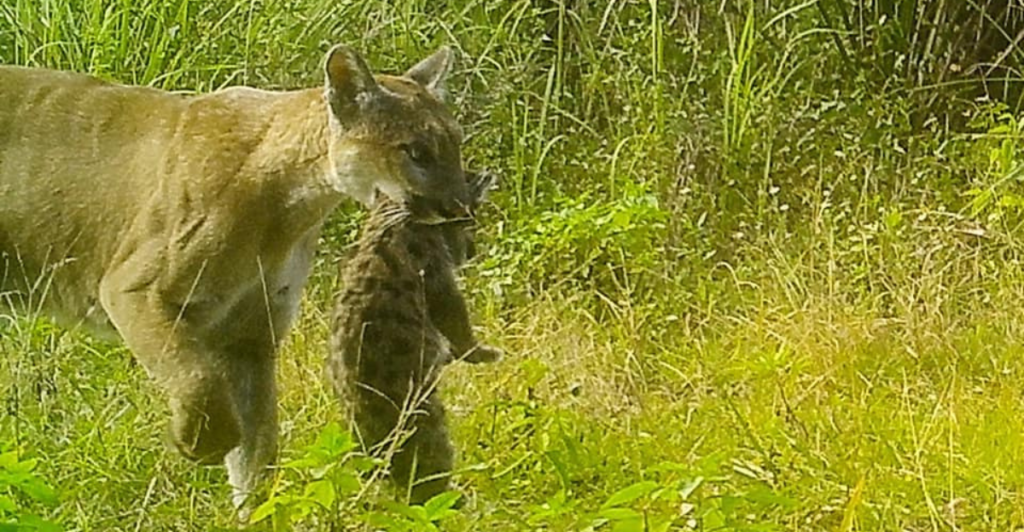
FP269 has been found to be determined and resilient. The FWC had been tracking and monitoring her movements for months before her birth. Finally, sometime later, biologists were able to use her GPS collar’s hunt-time algorithms to access the den safely. This careful monitoring came after she lost a litter last year, believed to have been killed by a black bear based on the available evidence.
The loss highlights the dangers these animals face in the wild. The birth of her latest litter serves not only to showcase the panther’s inherent breeding nature but also to highlight the need for ongoing monitoring and protection if such young and vulnerable animals are to survive.
The Plight of the Florida Panther
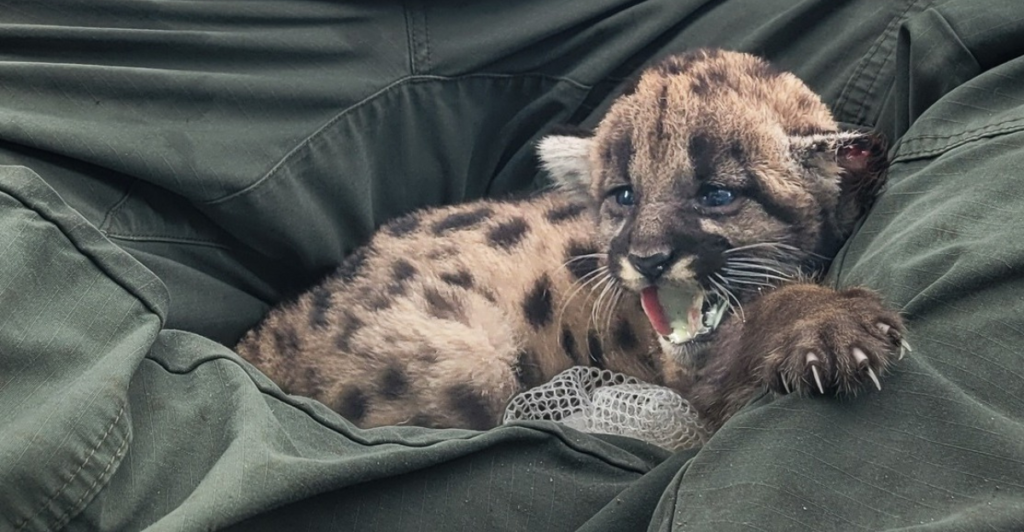
Initially spreading far across the southeastern United States, the panther’s territory has been drastically cut down through urban expansion, farming, and highway construction. Today, only 120 to 230 mature panthers remain, primarily inhabiting Florida’s southwestern areas.
In addition to cutting off access to resources, their small range increases inbreeding within the species, which leads to birth defects and, hence, threatens their very survival. Therefore, in 1995 eight Texas Pumas were introduced into the region, helping to reverse the panther’s inbreeding crisis, leading to a 9% annual increase in survival rates.
The result was improved kitten survival, preventing quasi-extinction chances. Although this controversial strategy, denounced as “genetic pollution,” broke with traditional conservation practices, it ended up saving the species. Today, 37% of endangered species with small populations are considering similar genetic interventions.
Conservation Efforts
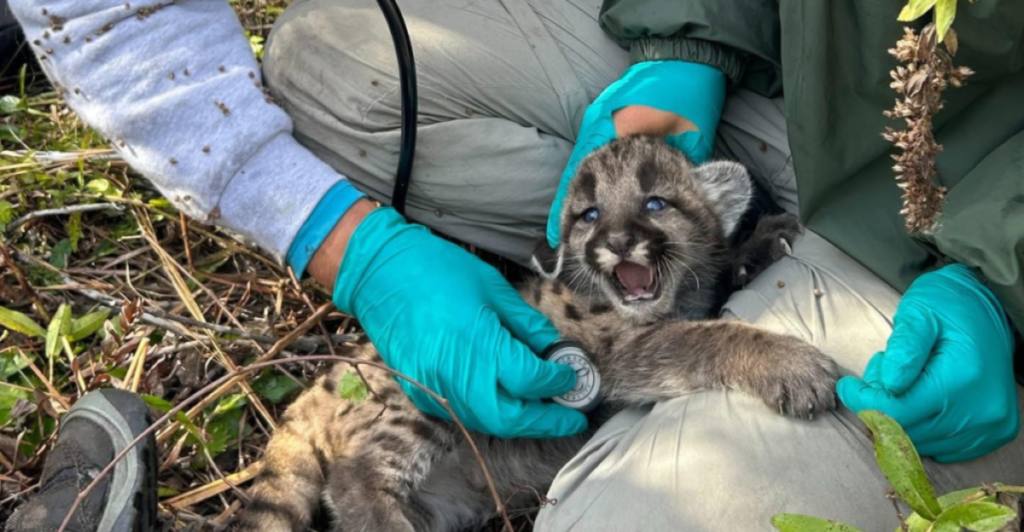
In recognizing the need to conserve the Florida panther, various organizations have undertaken programs to conserve habitat, enhance genetic diversity, and generate public awareness. These programs exemplify “impact investing,” yielding $1.3 billion in ecosystem service benefits from wetlands protected by panther conservation efforts, compared to an annual expenditure of $45 million.
The Florida Panther Conservation Plan, for example, aims to minimize the impact of human activities on the panther population but forming wildlife corridors, rehabilitating habitats, and implementing monitoring programs.
Community Involvement
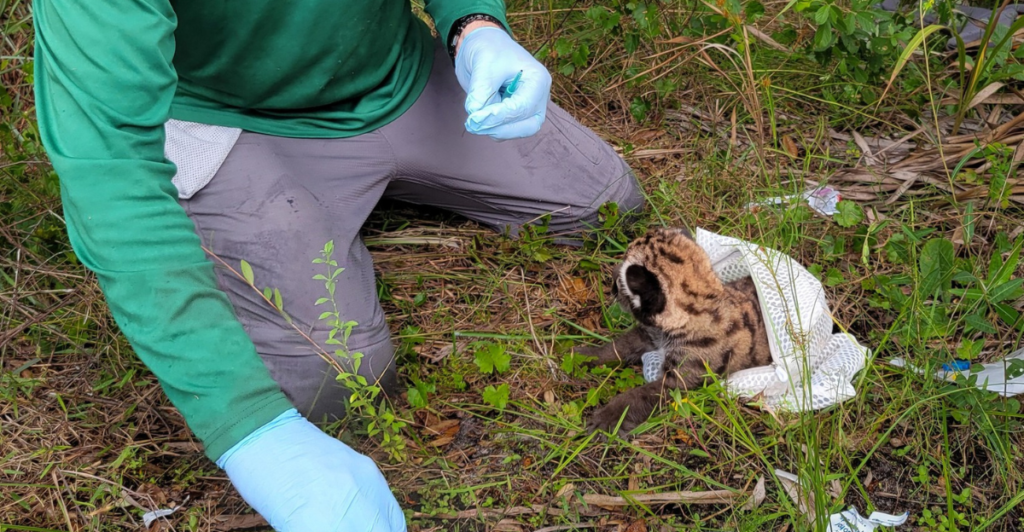
The Florida panther is not just an endangered species but a representative of Florida’s wild heritage and ecological richness. Therefore, community involvement is crucial in saving and protecting this species. As such, The Nature Conservancy aims to preserve 3,244 acres of land through corporate partnerships.
This includes the Cypress Creek Grove easement, which is located on the northern bank of the Caloosahatchee River—right in the middle of the Panther corridor. The property was once a citrus farm but is now 460 acres of protected land. Other community initiatives include the “Protect the Panther” license plate campaign, which pays for 22% of the FWC’s fieldwork and sees that each $25 donation purchases 0.3 acres of habitat.
Challenges Ahead
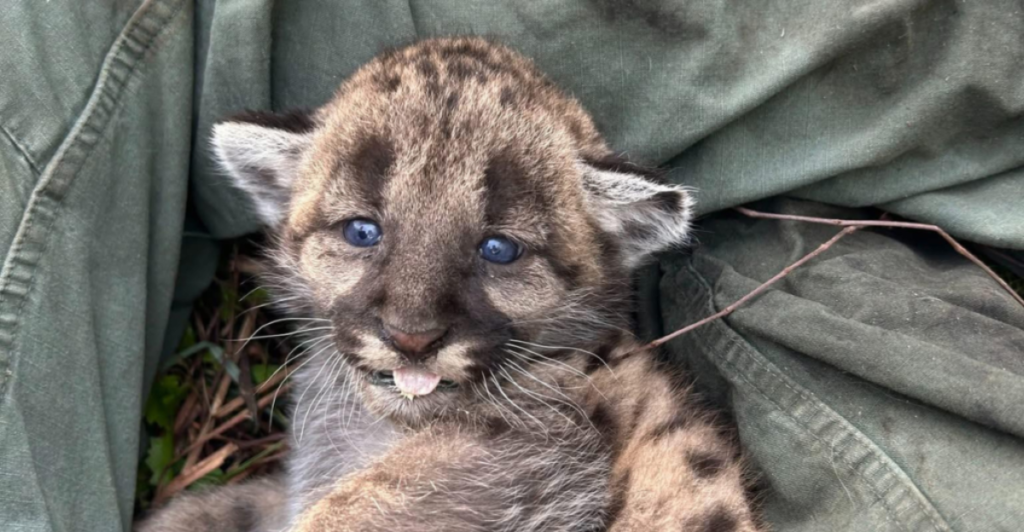
Statistically speaking, only one in three kittens reach adulthood, which represents progress as historic survival rates were below 25% before 2000. This increase in survival may have been aided by improved monitoring (microchips, genetic biopsies), which lets FWC triage high-risk litters. These surveys are essential in gathering information on litter size, sex ratio, and overall health, all of which contribute towards a better understanding of the reproductive habits of and problems faced by the species.
Further, the species faces Black bear predation, which is known to kill roughly 18% of kittens as a result of habitat compression. The harsh reality is that without more territory, even perfect genetics can’t compensate for ecosystem imbalance. Other challenges to the species include habitat fragmentation due to urban sprawl and deaths from road accidents.
Innovative Solutions
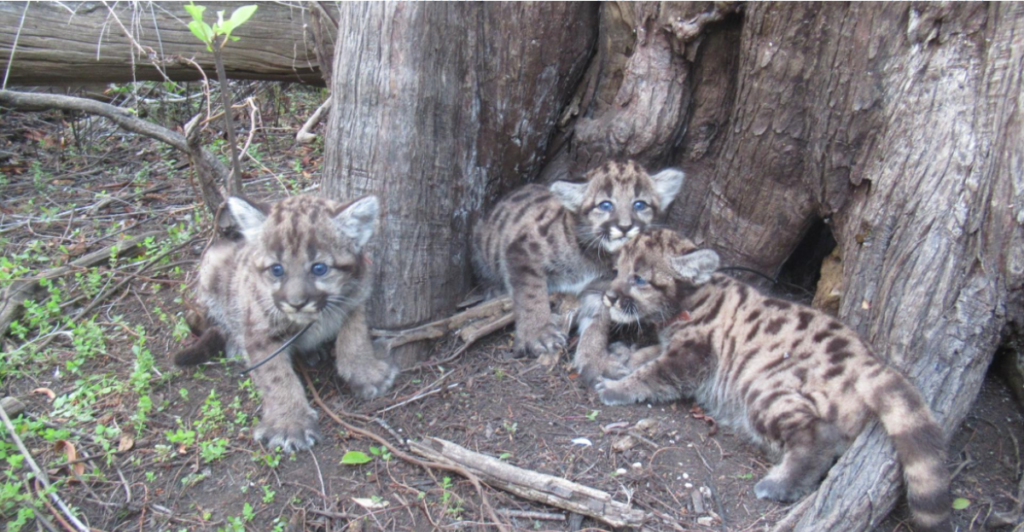
Innovative solutions are being studied to battle habitat loss and fragmentation. The establishment of wildlife corridors, such as the Cypress Creek Grove easement, which connects separated habitats, allows panthers to travel in safety, find mates, and access essential resources. Additionally, constructing wildlife bridges over or beneath highways can significantly reduce deaths caused by vehicles, providing a safe path for the elusive cats.
Further, technology has proven helpful in conservation and protection effects. GPS collars now transmit a mother panther’s stress biomarkers, triggering interventions when cortisol levels spike. The microchips in K525-K527 enable tracking for life, a first for under-4-week-old kittens. Machine learning technology predicts the location of a den with 89% accuracy, lowering mortality in formative first months.
The Role of Research
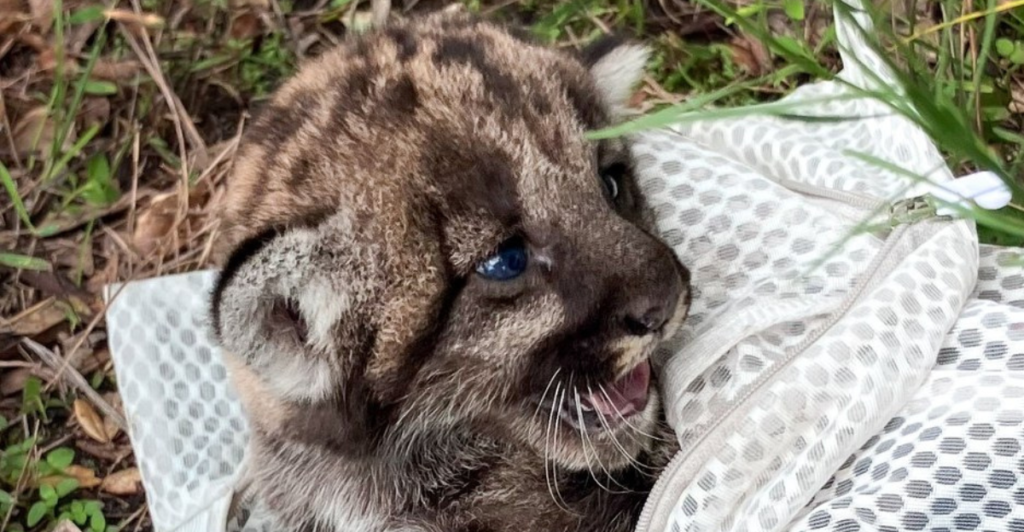
Historically, human conservation of the species has proven helpful thus far. Now, 73% of critical panther habitats fall on private lands. However, to better understand the species and their needs, biologists and conservationists alike need to conduct further research to establish adaptive management and strategies. Tracking movement, health, and genetic diversity can identify increasing threats and adjust conservation efforts accordingly.
Interagency partnerships between government agencies, non-profits, and universities provide a comprehensive understanding of the panther’s ecology to guide policy and on-the-ground efforts. Community and business donations help fund these efforts, as evidenced by the $28M raised since 1990 via corporate donations and the license plate program.
A Symbol of Hope
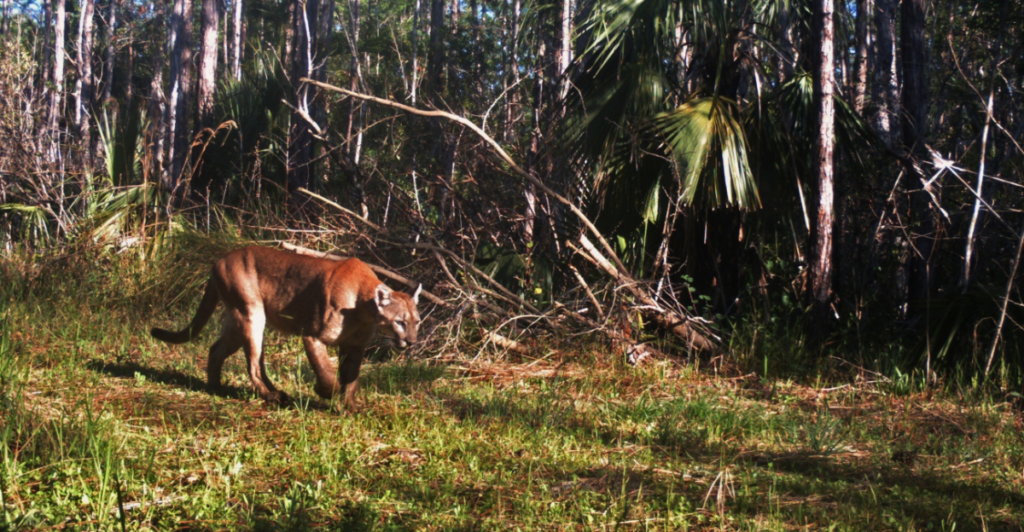
FP269’s litter is an amazing and inspiring moment for the Florida panther species and a stark reminder of the need to continue conservation efforts. The panther’s plight is not just a story of an animal on the brink of extinction—it reflects broader environmental challenges, such as habitat loss, climate change, and human interference in wild spaces.
As much as this breakthrough constitutes a milestone, it unearths an even greater and more compelling cause for policymakers, conservationists, and society at large. The survival of the Florida panther and all the other endangered species hangs by a thread. Every new litter, every new birth, every small success is not a guarantee of long-term survival. Instead, it serves to inspire renewed efforts in both research and conservation.
Explore more of our trending stories and hit Follow to keep them coming to your feed!

Don’t miss out on more stories like this! Hit the Follow button at the top of this article to stay updated with the latest news. Share your thoughts in the comments—we’d love to hear from you!







